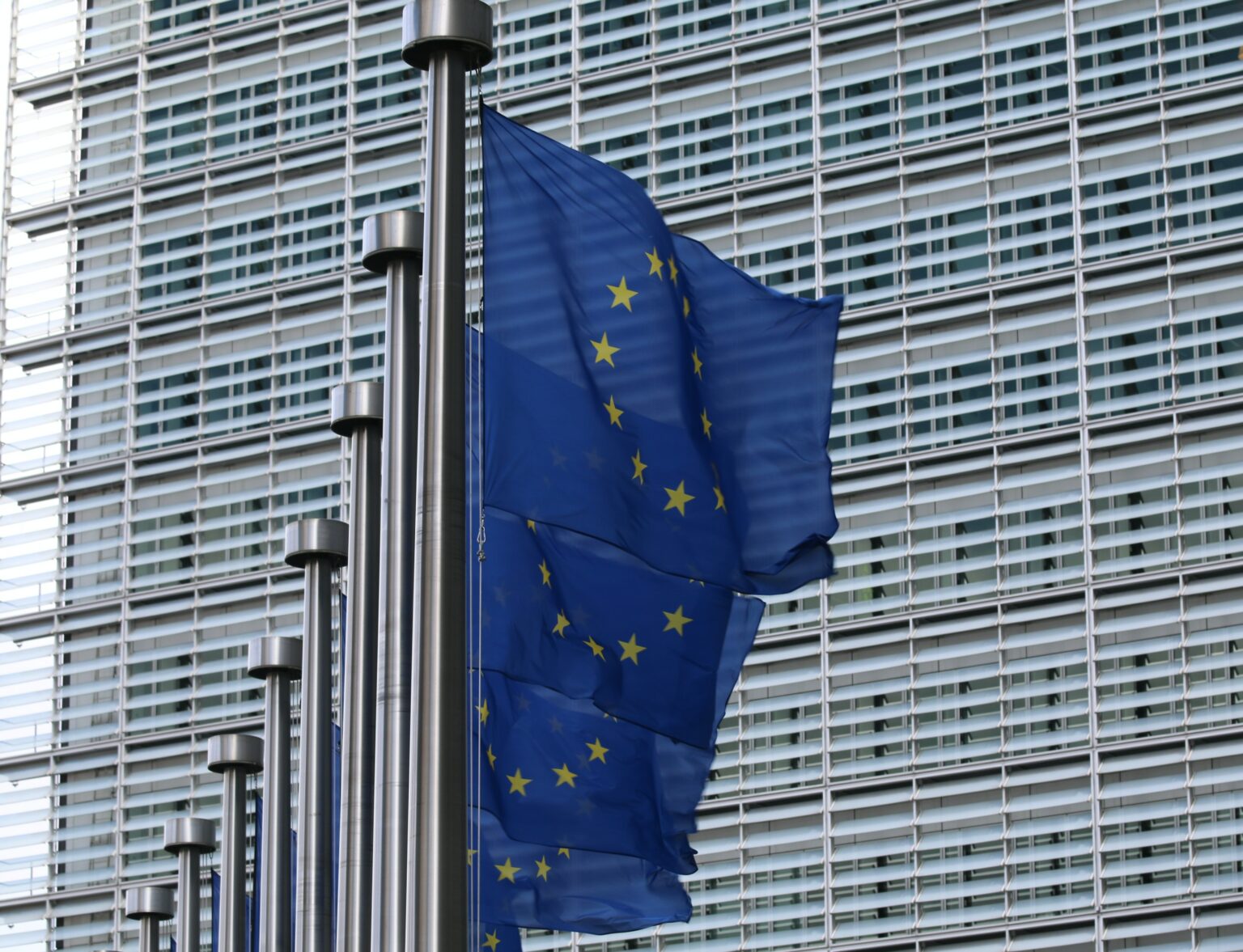The European Commission’s recent announcement regarding its pilot auction for green hydrogen production has stirred considerable excitement within the renewable energy sector. With a whopping 132 bids submitted from projects spanning 17 European countries, the auction has the potential to significantly bolster the EU’s domestic green hydrogen production targets for 2030.
The primary objective of the auction, conducted under the auspices of the European Hydrogen Bank, is to stimulate the growth of green hydrogen infrastructure across Europe. By incentivizing the development of electrolyzer capacity totaling 8.5 gigawatts, the European Commission aims to bridge the gap between carbon-free green hydrogen and conventional gray hydrogen, thereby accelerating the transition to renewable energy sources.
At the heart of the green hydrogen revolution lies the electrolysis process, which utilizes renewable electricity to split water molecules into hydrogen and oxygen. This technology holds immense promise for decarbonizing industries, transportation, and energy storage. By scaling up electrolyzer capacity, the EU seeks to drive down the cost of green hydrogen production and position Europe as a global leader in sustainable energy solutions.
The success of the green hydrogen auction could have far-reaching implications for Europe’s energy landscape and its broader climate objectives. By supporting the development of renewable hydrogen projects, the EU aims to curb carbon emissions, create green jobs, and stimulate economic growth. Moreover, increased green hydrogen production capacity could enhance energy security and reduce dependence on fossil fuels.





